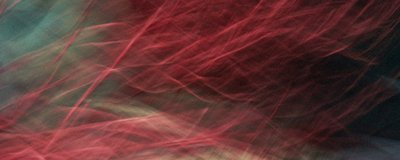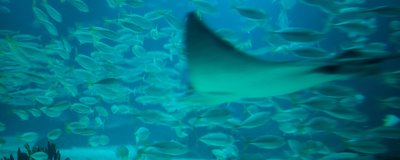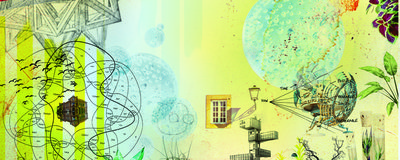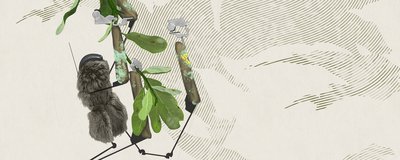blog
Tanglebots for young people with autism
Dwelling in Liminality

The Lab Approach

Jo's Sonic Kayak residency
Cultivating FoAM Kernow
Machine Wilderness at Transmediale
Enacting Futures (on Experiential Futures)

Dazzlebug in Alaska
Report: Rethinking Diversity in a Rural Region Conference
Allotment Crap App
Farm Crap App Pro Edition
Machine Wilderness at V&A museum
Machine Wilderness at Pixelache

